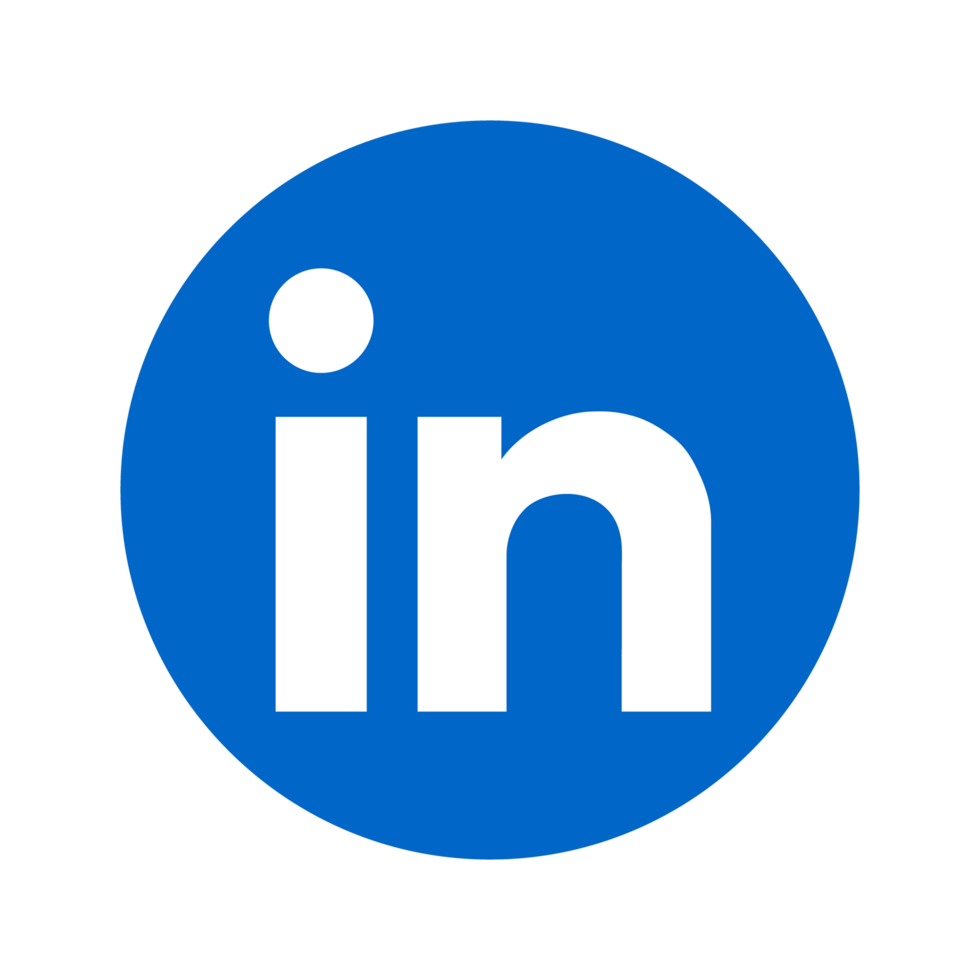
Julia Do Prado
Head of Marketing

Discover how to list your SaaS on the Microsoft Commercial Marketplace. Essential insights for selling your software efficiently.

The Microsoft commercial marketplace is a market where companies go and buy things made by software companies. It is literally a channel for you to sell and buy software, business apps, IT solutions, and tech from any company, big or small, and with global access. Yes, you can buy solutions made by any company around the world. As simple as that. Marketplace means worldwide access. Inside the Marketplace, you have 2 different stores available:
The AppSource Marketplace: a store of business solutions that are built on Microsoft technologies. It offers many tailored solutions, including apps, extensions, connectors, and templates for Microsoft 365, Dynamics 365, Power Platform, and Azure. It’s mostly designed for businesses looking for solutions to improve productivity, customer engagement, and collaboration.
The Azure Marketplace: It is tailored more for IT professionals and Technical Decision Makers that manage their Azure environment. Although more and more Business Decision Makers are starting to use the Azure Marketplace to buy through here.
Inside the Marketplace, you have 3 ways of selling .
Through the web, through Microsoft and through partner to partner purchasing. The web is the actual marketplace. You find the software you want and you purchase. Then, selling through Microsoft , which is how you can co-sell together with the Microsoft Salesforce. Lastly, through partner to partner also know as software resellers (VAR, SI, or MSP)
Well, because this is another channel very new and still with not a fearless competition. Here you can make quick revenue, save costs and reduce risks. You make money on Marketplaces because you connect with enterprises easily, expand through resellers and get free cash incentives from Microsoft. . Also, the Microsoft Marketplace is a place to save costs because you don't need to invoice 10 or 30 customers, you only invoice Microsoft. You don't need to collect the payments; Microsoft will do it on your behalf. You save costs because you don't need to build subsidiaries when going global or selling across channels. You can operate from your home and sell across the Atlantic or Pacific without the hassle of understanding how to pay taxes in other countries than where you are located. And you reduce risks because when you operate under the Microsoft trust, you get paid, you comply with local regulations, you forget about exchange rates – because Microsoft takes care of it. And yes, Microsoft takes 3%, but I tell you. - its worth it.
By accessing the Microsoft Marketplace you make your financial team easier. You let Microsoft collect the payments. Pay the tax in country, deal with the legalities. Here you can focus on creating new channels.
Besides all of that, you can sell to big enterprise companies because they have available budget from cloud commitments they sign with Microsoft on a multi year contract – and they have to spend it. Where do you think they will spend the money, when they don't need to buy more Azure or Office 365 licenses? These customers that sign this cloud commitments to Microsoft they go to the marketplace to find solutions, and they usually prefer to purchase against the commitment of Microsoft because then they have more contract negotiation with Microsoft. Greater discounts and it's convenient. You can access this opportunity and tap into this revenue budget.
Also, if you are looking to expand globally rapidly, then the Microsoft Marketplace is not only about direct billing to customers. Is a modern platform for partnering with resellers. You connect into thousands of resellers, extend a contract in the Marketplace to them and explore ways of getting your software provision by others. You just share the margin and focus on helping them to sell your product. As I mentioned, it is all under the umbrella of Microsoft.
Well, if you want to go ahead and list your solution by yourself on the Marketplace, whether you want it on AppSource or Azure Marketplace - you first need to create an Partner Center account. That is the basics. Then, you need to go over documentation from Microsoft to be able to make the technical integration onto the Azure platform. As a publisher on the marketplace, you need the technical capabilities to bring your product to market, and keep it there.
The technical challenge is almost built by design to ensure you’re not just competent but technically robust. That means companies with limited technical knowledge could be looking at months before they get listed. But for most companies with a committed team, it takes around 3 months.
If you prefer, you can also use platforms like WeTransact that take all of that into a two hours and half of your effort. You fill out the marketing information, and your listing will be live in 5 days.
After you are published, you need to start working on your GTM strategy. The Microsoft Marketplace is a big opportunity for generating revenue for your company - but it’s not magic - you need to work on it. The Marketplace is not a lead generator - it is a deal facilitator. By simply listing, not many people will find you, or look for you, and even know that you are there.
You have to find your way to connect to the right resellers, tap into the right potential customers, and know how to partner up with Microsoft to reach the right opportunities.
You can use tools, that are focused on developing your go-to-market strategy on the Marketplace. For example at WeTransact you have actionable data to tap into a list of high-propensity Marketplace buyers list, where you get to filter by employees, revenue, and industry sector, and you get to know the commitment and the probability of having a contract commitment to Microsoft.
Then, you also need to find the right partners and resellers to be able to expand. WeTransact focuses on building your reseller network easily and programmatically, profiling partners in minutes and not in months so you can match with those that have opportunities now by connecting to their CRM and Customer Management tooling, speak with the connections with a business in mind before even pitching about your product or going into training the resellers. If you tell your reseller what they can earn by reselling your product I am sure it will be more motivated to learn about your product.
Wondering if the Microsoft Marketplace is for you? For more insights, subsribe to our newsletter.